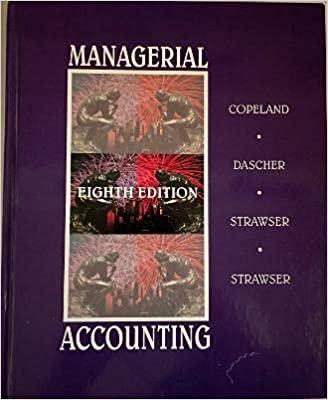5. Monopoly outcome versus competition outcome Consider the daily market for hot dogs in a small eity. Sufpose that thas market is in long-run competitive equilibrium with many het dog stands if the city, each one seling the same kind of hot dogs. Therefore, each veador is a price taker and posselses no market power. The following graph shows the demand (D) and- supply (S-a MC) curves in the market for hat degs. Place the btack paint (pits symbal) on the graph to indicate the market price and quantity chat will residt fromin conipetirion. Homework (Ch 15) Assume that one of the hot dog vendors successfully iobbies the city council to obtain the exdusive right to sell hot dags within the city limits. This fim buys up all the rest of the hot dog vendors in the caty and operates as a monepoly. Assume that this change doesirt affect demand and that the new manopoly's marginal cost curve corregonds exactly to the supply ourve on the previous groph. Under this assumption, the fallowing graph thows the demand (D), marginal revenue (Ma), and marginal cost (MC) curves for the monopoly firm. niaca the black point (Plus symbol) on the following graph to indicate the pront-maximizing price and quantily of a monopolist: Assume that one of the hot dog vendors successfully lobbles the city council to obtain the exclusive right to selt hot dogs within the city limitz. This firm buys up all the rest of the hot deg vendors in the city and operates as a monopoly, Assume that this change coesn't ateect dernand and that the new monopoly's marginal cost curve corresponids exactiy to the suppiy curve on the previous graph. Under this assumption, the following graph shows the demand (D), marginal revenue (MR), and marginat cost (MC) curves for the monopoly firm. Place the black point (plus symbol) on the following graph to indicate the profit-maximizing price and quantiry of a monoporist. Consider the welfare effects when the industry operates under a competitivn market versus a monopoly. On the monopoly graph, wse the black points (olus symbol) to shade the area that represents the loss of welfare, of deatweight loss, caused by a monopoly. That is, show the area that was formerly part of total surpius and now does not accrue to anybody. Deadweight loss occurs when a-monopoly controls a market because the resulting equitibrium is different from the competitive outcome, ahich is efficient. In the following tabie, enter the price and quantity that would arise in a competitive market; then enter the profit-maximizing price and quantity that would be chosen if a monopolist controlled this market. Given the summary table of the two different market structures, you can infer that, in general, the price is lower under a and the quantity is lower under a










